electronics-journal.com
18
'23
Written on Modified on
IDS is focusing in Historical textiles
New approaches to investigate damage due to environmental fluctuation on textile artefacts by image processing.
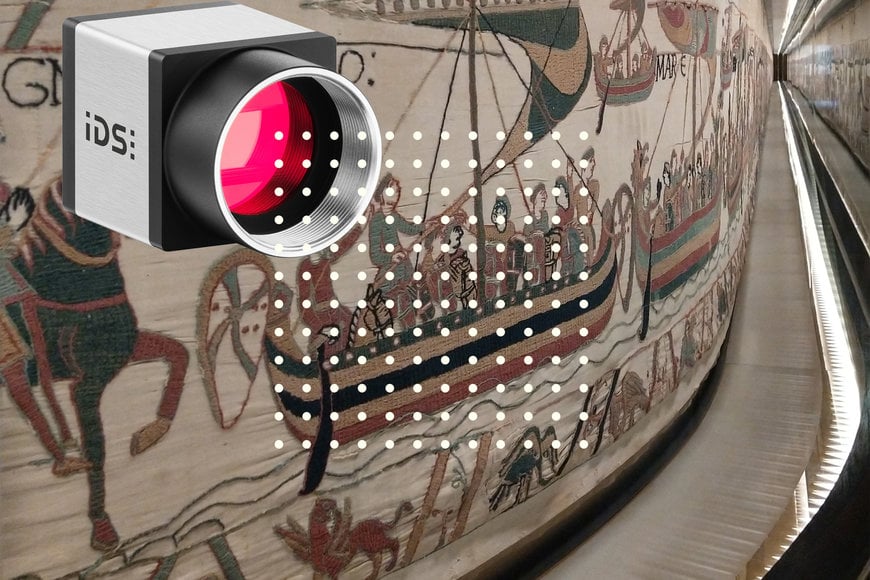
Preventive conservation plays an important role in the preservation of art and cultural assets. In order to preserve their condition for as long as possible, it is essential to slow down ageing processes and evaluate factors that alter materials. To do this, it is necessary to grasp and have a holistic understanding of the artefact. Cultural heritage science and engineering methods for understanding material behaviour require an interdisciplinary approach. Textiles are among the most sensitive art and cultural heritage objects. In the course of their production and handling, their presentation and storage, they are often exposed to influences that can have a damaging effect.
The French start-up company S-MA-C-H has studied the Bayeux Tapestry as part of a research project and, with the help ofIDS cameras, has developed a system that provides valuable insights for the conservation-optimised storage and presentation of this delicate and extraordinary artefact. The expertise of conservators, combined with state-of-the-art technology, helps to identify potentially damaging factors at an early stage, to minimise them or, at best, to exclude them altogether.
The system was designed for a comprehensive study looking at the mechanical behaviour of the Bayeux Tapestry - commissioned and funded by the Normandy Regional Office for Cultural Affairs. "We contributed our expertise in mechanical engineering by fully monitoring the stress and strain on the tapestry. In addition to monitoring, we helped to devise conservation solutions. This involved classifying and assessing the degree of risk and sensitivity of the tapestry in its surrounding indoor climate," explains Cécilia Gauvin, co-founder and managing director of S-MA-C-H.
A multidisciplinary team of textile and preventive conservators as well as heritage conservation scientists characterised the artefact's response to appropriate environmental fluctuations. "The project addressed two main questions: what are the optimal parameters for a presentation on sloping supports and how does the tapestry react to its microclimate?"
To be able to answer these questions, the tapestry was monitored by temperature and humidity sensors as well as by force sensors to record the gravity pressure. The heart and brain of the system: a non-contact 2D full-field Digital Image Correlation (DIC), consisting of an IDS camera and specially developed software for digital image correlation.
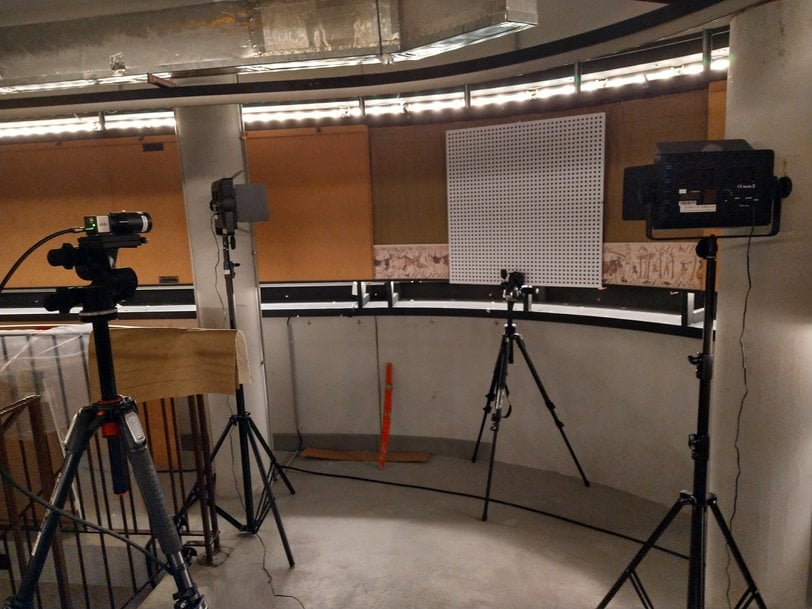
A calibration plate is used to calculate the 2D position of the camera in relation to the object and to correct any kind of distortion caused by the camera and lens.
"Digital image correlation is an image processing technique that can be used to analyse movements and deformations of objects. For this purpose, high-resolution images of the object's surface are captured and then evaluated with the help of software algorithms to detect changes in the shape, position or size of the object," explains Patrick Schick, IDS Product Marketing Manager. In the search for the right camera model for the system, parameters such as interface, sensor and price-performance ratio were the main deciding factors. "For the analysis of the tapestry, extremely high-resolution images with low image noise are required to capture the smallest details.” The USB 3 uEye CP meets these requirements thanks to the particularly light-sensitive IMX183 rolling shutter CMOS sensor from Sony's STARVIS series. With BSI technology ("back-side illumination"), this sensor ensures outstanding image quality even under difficult lighting conditions. "The camera is thus ideally suited for demanding image evaluations such as this monitoring, which takes place in low light for conservation reasons. The USB3 Vision camera records high-resolution images at a very low frequency over a longer period of time," adds Patrick Schick. For the research project, for example, the monitoring ran around the clock for a month, with only one image capture per hour.
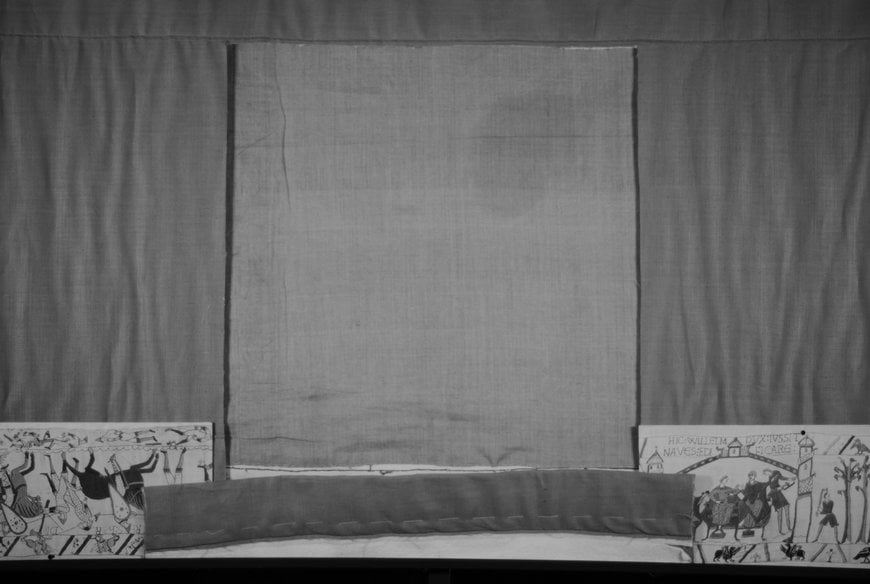
IDS camera point of view for 2D strain analysis
"The Python interface of the IDS peak API allowed us to quickly and easily develop software to parameterise the camera and capture images," explains Cécilia Gauvin. The images are then processed with DEFTAC3D, a software developed by the French Pprime Institute specifically for digital image correlation. This results in full-surface measurement data of the object's surface based on thousands of 2D or 3D coordinates with very high resolution. The displacement of the image points within the examination period is interpreted as a deformation that is due to a mechanical load or stress on the object. Based on the results, full-field strain maps as well as deformation maps are generated. Full-field strain maps illustrate the strains in a material over the entire surface. They therefore show whether and how the tapestry has deformed as a whole. Deformation maps, on the other hand, provide information about the local deformations in a material. They provide S-MA-CH staff with information on whether and how the tapestry has deformed at specific points.
The full-field strain maps are processed together with the environmental variation findings to understand the hygromechanical behaviour of the Bayeux Tapestry. Hygromechanical behaviour refers to the interplay between moisture and the mechanical properties of the textile. This can be influenced by a number of factors, including the type of yarn used to make the fabric and the type of weaving or embroidery technique used to make the tapestry, which adds to the complexity of the study.
In order to incorporate scientific data into the decision-making process, tests were carried out on both facsimiles and the tapestry itself. On the facsimiles, the full-field strain maps were combined with the stress results from the force sensor measurement and the climate measurements (temperature and humidity). The results allow conclusions to be drawn about the climate regulation for optimal storage of the artefact.
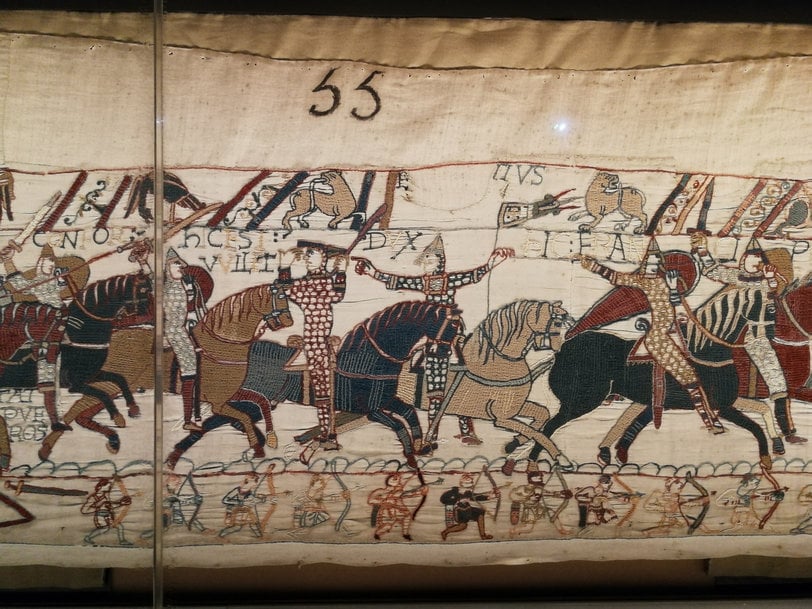
The data collected by the sensors and camera system was documented in real time to analyse long-term trends. With the help of the information provided, it can be ensured that the climatic conditions in the Bayeux Museum are within the optimal limits to avoid damage to sensitive art objects or historical exhibits, such as the Bayeux Tapestry.
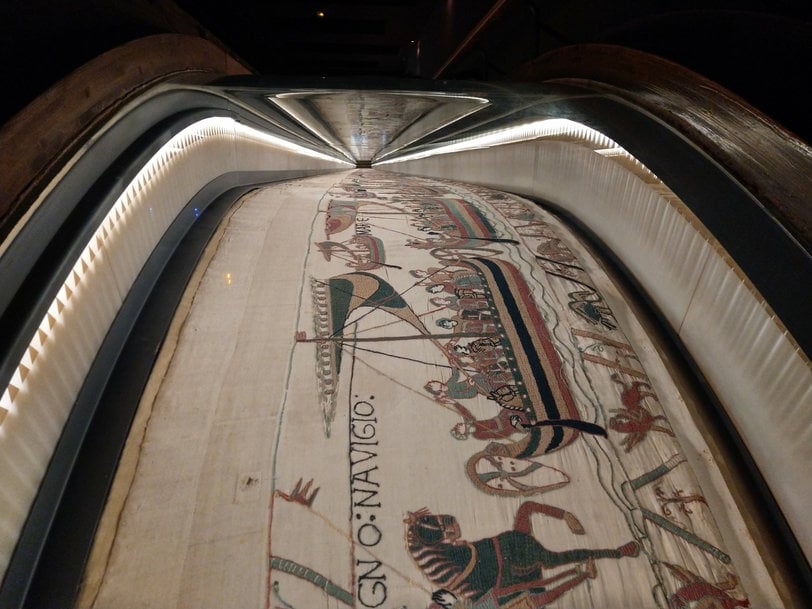
Outlook
The market for the protection and preservation of cultural heritage is slowly opening up to structural diagnostic procedures. "Our goal is to develop appropriate systems for conservators in a plug-and-play system," explains Cécilia Gauvin. In addition, the French start-up wants to use vision systems to monitor structural damage to paintings in museum galleries and historical monuments in the future. This approach across disciplines makes it possible to assess the condition of exhibits so comprehensively that the appropriate conservation measures can be taken.
"Our knowledge of mechanical engineering, combined with industrial image processing, opens up new approaches, expands the range of actions and produces innovative solutions."
An elaboration of the conservation conditions for handling, storage or presentation of artefacts based on these interdisciplinary research results offers protection against further damage. Historical as well as modern products of textile art can thus be preserved in the best possible way for the future. Image processing components make a valuable contribution to this.
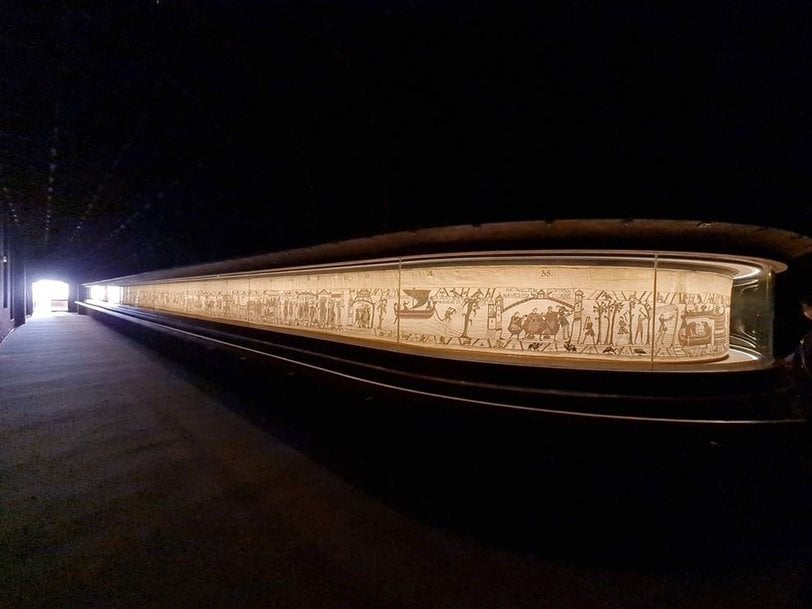
Data and facts about the exhibit
• 68 metres long
• 52 cm high
• 9 panels of woven linen fabric
• 4 seams
• 10 colours of woollen yarn
• 58 individual scenes
• 623 people
• 202 horses
• 55 dogs
• 505 other animals
• 27 buildings
• 41 ships and boats
• 49 trees
The Bayeux Tapestry, is an embroidered work created in the second half of the 11th century on a strip of cloth about 52 centimetres high. Depicted in images and text over 68 metres in 58 individual scenes, the Conquest of England is considered one of the most remarkable pictorial monuments of the High Middle Ages because of its abundance of detailed individual depictions, well thought-out iconography and quality of craftsmanship. Despite its name, the Bayeux Tapestry is not actually a tapestry but a narrative embroidery. It consists of images and text inscriptions and comprises nine interconnected linen panels.
Image-rights: S-MA-C-H
Camera
GigE uEye CP - Incredibly fast, incredibly reliable, incredible sensors
• Interface: USB 3 Vision
• Model: U3-3800CP-C-HQ
• Sensor type: CMOS
• Manufacturer: Sony
• Frame rate: 19,5 fps
• Resolution (h x v): 5536 x 3692
• Shutter: Global-Shutter
• Resolution: 20,44 MPixel
• Dimensions: 29 x 29 x 29 mm
• Weight: 49 g
• Connector: USB 3.0 micro-B, screwable
Applications: e.g. industrial image processing, surface inspection, metrology, medical technology, biotechnology and life sciences quality assurance, etc.
Client
"The Bayeux municipality and the Bayeux Museum team gave us access to the tapestry and helped us with logistic." (Cécilia Gauvin, S-MA-CH)
Bayeux Museum:https://www.bayeuxmuseum.com/en/the-bayeux-tapestry/
Bayeux Municipality:https://www.bayeux.fr/fr
The study was commissioned by the Regional Office of Cultural Affairs of Normandie (financial support).

